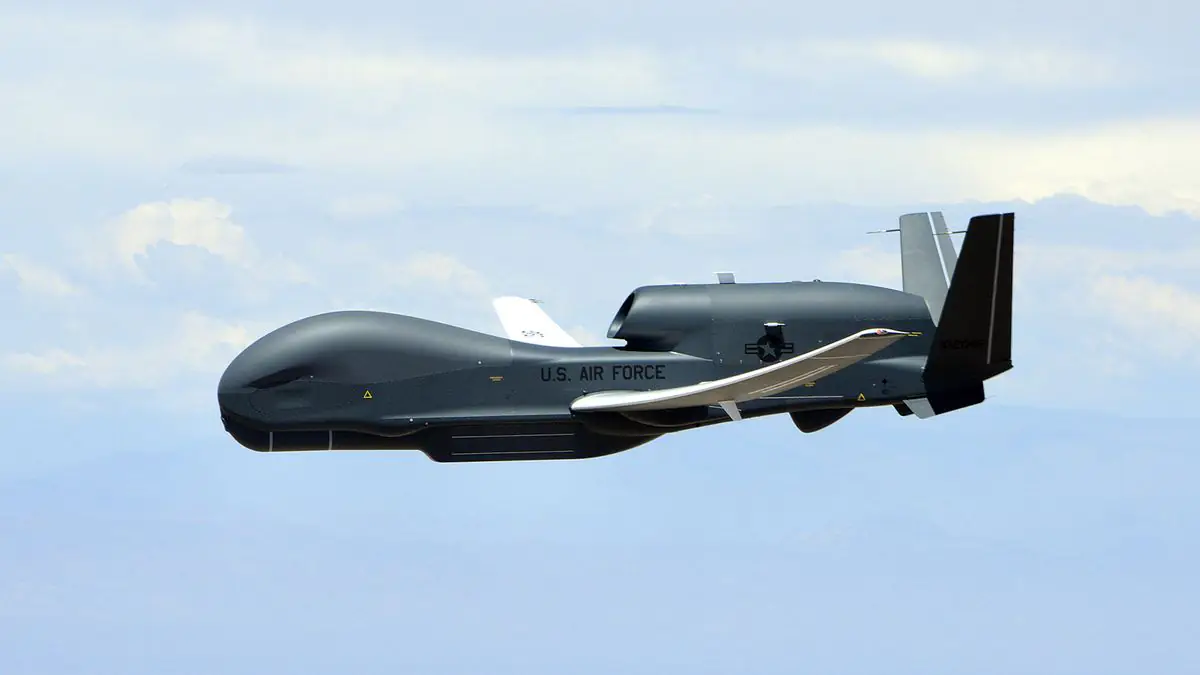The American strategic reconnaissance drone RQ-4 Global Hawk has been temporarily stationed at RAF Fairford in England. This marks the first time this aircraft has been based in the United Kingdom, according to the U.S. Air Forces in Europe website.
It is noted that the deployment of this drone is part of ongoing efforts to diversify operational locations and strengthen integration with NATO member countries.

The Global Hawk will conduct operations in international airspace and the airspace of Alliance members, adhering to international norms and standards. According to U.S. Air Force representatives, this deployment is also a key step in implementing their concept of agile combat employment, which allows aircraft to be dispersed from traditional bases to enhance their survivability. This mission is supported by the U.S. Air Force’s 501st Combat Support Wing at Fairford, which already has experience supporting similar deployments in the past.
Supporting and carrying out these missions underscore the United States’ commitment to NATO members and partners and help set the stage for future operations in the U.S. European Command’s area of responsibility.

It is worth noting that the RQ-4 Global Hawk is a strategic drone equipped with an integrated set of sensors that provides global, all-weather, day and night intelligence, surveillance, and reconnaissance (ISR). It can patrol airspace for up to 30 hours at altitudes of up to 18,000 meters. The drone is manufactured by Northrop Grumman.
“The mission of the Global Hawk is to provide a wide range of intelligence-gathering capabilities to support joint combat forces in peacetime, crisis, and wartime operations worldwide,” according to a statement from the U.S. Air Force. “The Global Hawk provides continuous near-real-time coverage through imagery intelligence (IMINT), signals intelligence (SIGINT), and moving target indicator (MTI) capabilities.”
“There are several modifications of the Global Hawk. Initially, seven Block 10 aircraft were procured, but they were retired from the Air Force in 2011. Block 20 aircraft were originally equipped only with reconnaissance capabilities, but later, three of them were converted to the EQ-4 communication relay configuration, which carries a payload in the form of the Battlefield Airborne Communication Node (BACN).”

“Block 30 is a multi-purpose reconnaissance platform that simultaneously carries electro-optical, infrared synthetic aperture radar, as well as high and low-band SIGINT sensors. The modification was officially adopted by the United States Air Force in September 2011. Currently, eighteen Block 30 drones are deployed.
The system offers a wide range of usage options. Its long-range and 30+ hour endurance provide exceptional flexibility in meeting mission requirements. In 2014, the RQ-4 Block 40 aircraft completed a flight lasting 34.3 hours, setting an endurance record for the longest non-refueled flight of a U.S. Air Force aircraft.”
Source: ukdefencejournal








